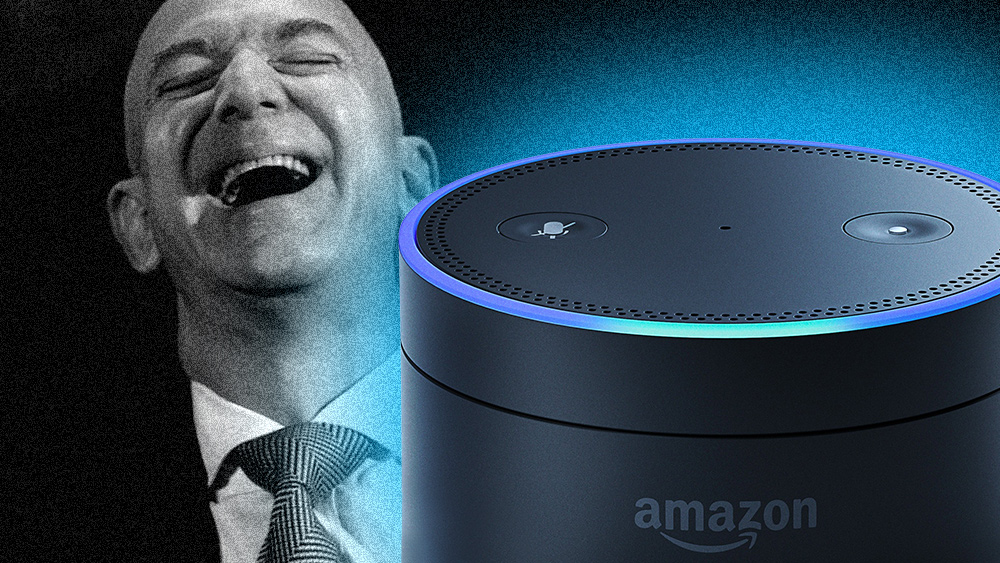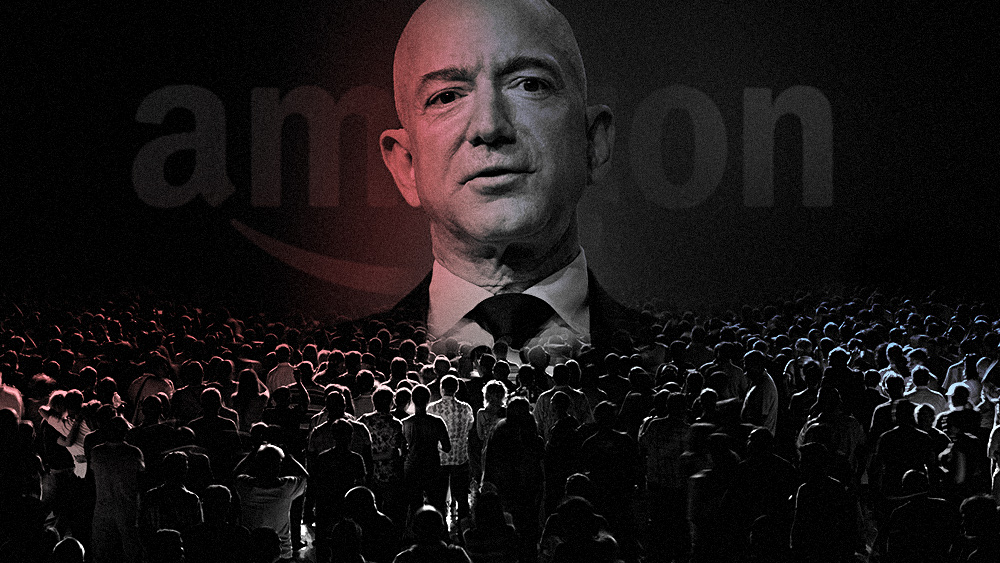
Amazon's customers in the United States have until June 8 to opt out Amazon Sidewalk, a plan that would turn every Echo speaker and Ring security camera in the country into a shared wireless network.
Amazon Sidewalk is part of the company's plan to supposedly fix connection problems for its smart home devices. When it rolls out on June 8, it will use these devices as a springboard to build city-wide mesh networks that help simplify the process of setting up new devices. By doing so, it will effectively keep the devices online even if they're out of range of home wifi, as well as extend the range of tracking devices such as those made by Tile.
"Amazon Sidewalk is a shared network that helps devices work better," states an Amazon Q&A document for users. "In the future, Sidewalk will support a range of experiences from using Sidewalk-enabled devices, such as smart security and lighting and diagnostics for appliances and tools."
But Amazon has come under fire for the apparent lack of transparency with which the company has rolled out Sidewalk and the limited time available for users to opt out of it. Meanwhile, other critics have pointed out that failing to turn the setting off could leave some customers in breach of their internet service provider's (ISP) terms and conditions.
Sidewalk raises concerns
Sidewalk works by creating a low-bandwidth network using smart home devices such as Amazon Echo speakers and Ring security cameras. In its most basic form, the technology means that a new Echo can set itself up using a neighbors wifi. It also means that a Ring security camera can continue to send motion alerts even its connection to the internet is disrupted by connecting to the connection of another Ring camera across the street.
In addition, other devices that may not need a high-bandwidth connection, such as pet locators and smart lights, can use Sidewalk all the time.
These plans have caused alarm when considering the sheer amount of data that Amazon can gather from its customers. Echo speakers listen in to almost every conversation a user has meanwhile, Ring cameras record whoever knocks on their doors. Sidewalk looks to extend this network of data gathering by effectively turning the company into a global ISP.
"In addition to capturing everyone’s shopping habits (from amazon.com) and their internet activity (as AWS is one of the most dominant web hosting services) … now they are also effectively becoming a global ISP with a flick of a switch, all without even having to lay a single foot of fiber," former Federal Trade Commission chief technology officer Ashkan Soltani, now an independent privacy researcher, said to Ars Technica.
Meanwhile, Lydia Leong, an analyst at Gartner, warns that Amazon Sidewalk may break the terms and conditions of users' ISPs. Many of these prohibit their customers from resharing their internet access.
Another concern is security. Wireless technologies such as Wi-Fi and Bluetooth have a history of being insecure. WEP, the early encryption scheme used by Wi-Fi was widely used for years before researchers exposed flaws that made it easy for attackers to decrypt data. While WEP has since been replaced by the more robust WPA, the latter still has a checkered history. Meanwhile, Bluetooth also has its share of vulnerabilities.
For its part, Amazon is using a proprietary wireless scheme, instead of WPA or Bluetooth. That said, there are still some doubts, especially considering that the system has yet to see widespread testing. (Related: Amazon Echo devices can be exploited by hackers to steal your bank account information.)
With the amount of information that Ring and Echo devices are able to gather, an attack on any one device in the chain could expose the details of multiple users.
Amazon devices have Sidewalk participation active y default
One of the biggest criticisms of Sidewalk is the fact that Amazon has set users to opt in by default. This means that any Amazon device user who isn't aware that they can opt out, or that Sidewalk is being implemented in the first place, will automatically become part of the program.
The decision to make Sidewalk an opt-out service rather than an opt-in is telling on Amazon's part. The company is aware that the only chance to gain critical mass is to have it turned on by default.
In addition, the option to opt-out of Sidewalk itself is buried deep within the Alexa app. To opt-out, users will have to open the app and navigate to the "More" button on the lower right corner. From there, users can select "Settings" and then "Account Settings," where they should see the option for Amazon Sidewalk. They can then select this to find the toggle to turn Sidewalk participation on and off.
No doubt, some people will find that the benefits of Sidewalk outweigh its risks. But for those who may think that there's little upside compared to all its downsides, Amazon is doing its best to keep them on opting out of it.
Follow TechGiants.news for more on Sidewalk and similar initiatives from Amazon and other tech companies.
Sources include:
Please contact us for more information.





















